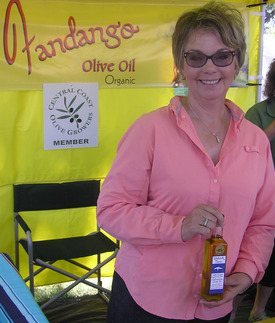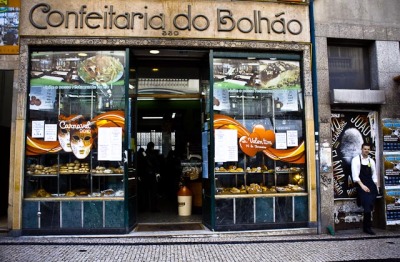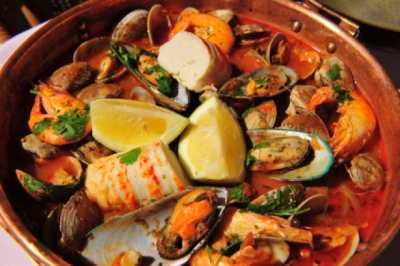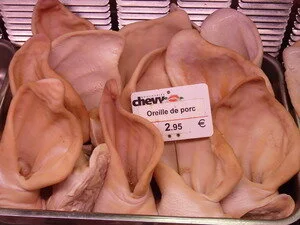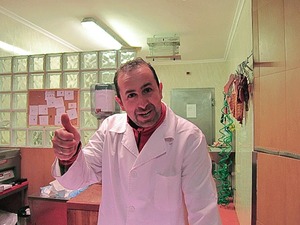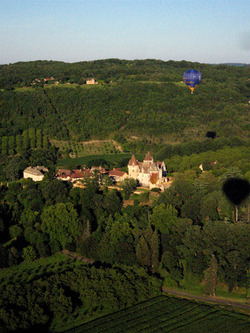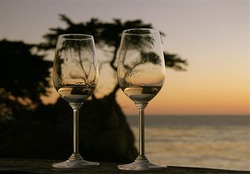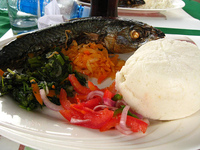by Elyn Aviva
I don’t know what I was thinking. Or rather, I wasn’t thinking. Like a lamb being led to slaughter, I followed our friend Jack into Oriol Balaguer’s chocolate kitchen in Barcelona. I knew I was a dead duck the moment I walked in. The sweet spicy scent of Gran Cru chocolate filled the air, and streams of satiny liquid chocolate poured exuberantly into stainless steel sinks. It was like being transported into paradise.
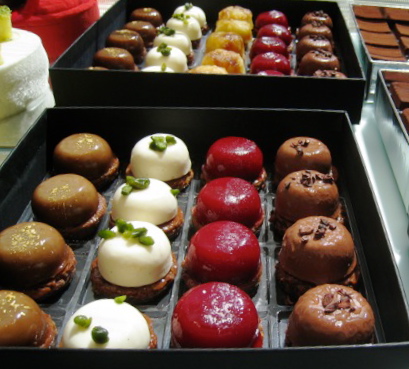 It’s true confession time. I used to belong to a Chocoholics Club. Note the operative verb: “used to.” Once a month, one of the members would make an over-the-top chocolate dessert, which we would savor briefly and then devour. Devotees of chocolate we were—and some of them still are. For health reasons, I had sworn off the dark, creamy, butter-and sugar-laden delights. And, except for an occasional lapse, I usually avoided succumbing to temptation.
It’s true confession time. I used to belong to a Chocoholics Club. Note the operative verb: “used to.” Once a month, one of the members would make an over-the-top chocolate dessert, which we would savor briefly and then devour. Devotees of chocolate we were—and some of them still are. For health reasons, I had sworn off the dark, creamy, butter-and sugar-laden delights. And, except for an occasional lapse, I usually avoided succumbing to temptation.
So what was I doing in Balaguer’s High Temple of Chocolate? Jack (www.discovergirona.net) leads specialty tours in Catalonia, and the opportunity to do an interview with master chocolatier/pastry and dessert chef Oriol Balaguer was too good to pass up. I hadn’t considered the consequences—but now I knew. I knew I would live to regret it—but I also knew, as I took another deep, soul-satisfying inhalation, that I didn’t care.
Oriol has been winning prizes for his chocolate and pastry creations for the last 17 years—and he’s only 39. Best Pastry Chef, Best Book (The Dessert Book) in the World, Professional of the Year—the accolades don’t stop. Not only is he a brilliant inventor, he’s also a master marketer. He’s turned buying chocolate into a time-valued event.
When is chocolate like haute couture? When you are Oriol Balaguer and you present twice-a-year collections of new tastes, textures, and shapes. Last season’s collection is so last year—but so good that it is still available and still in great demand. Oriol also launches monthly “concept cakes” in his specialty shops, where each item is displayed like a precious jewel. Suddenly, everyone wants to purchase the latest product, score the most recent release for their dinner party.
